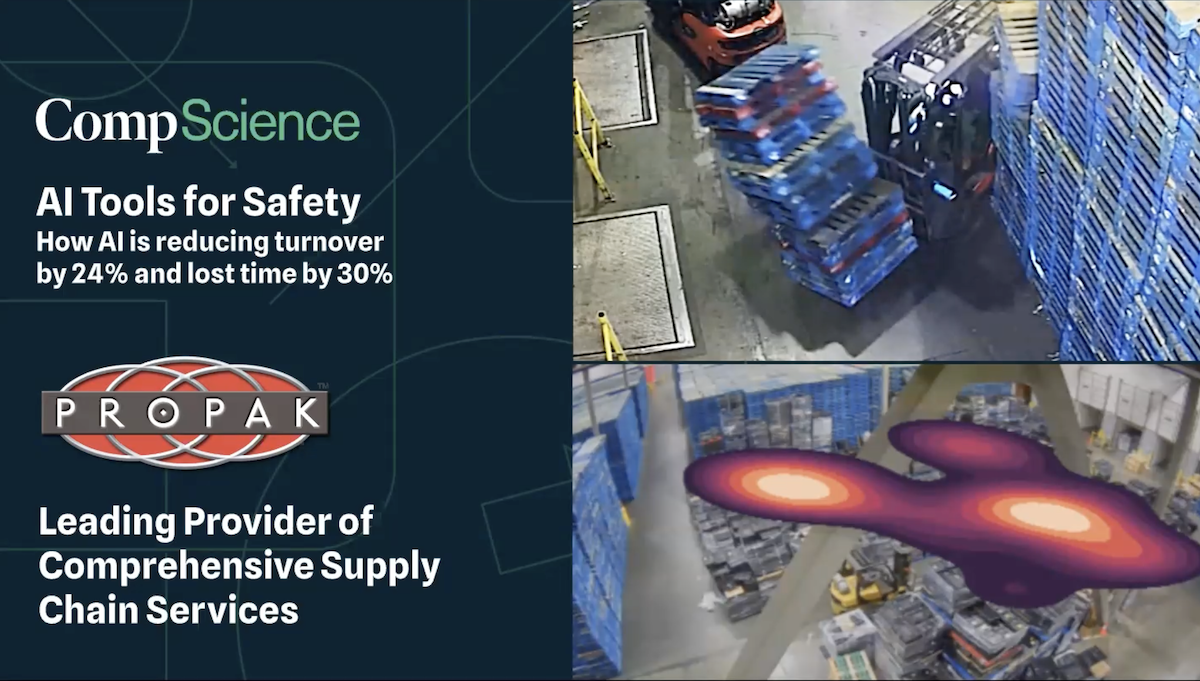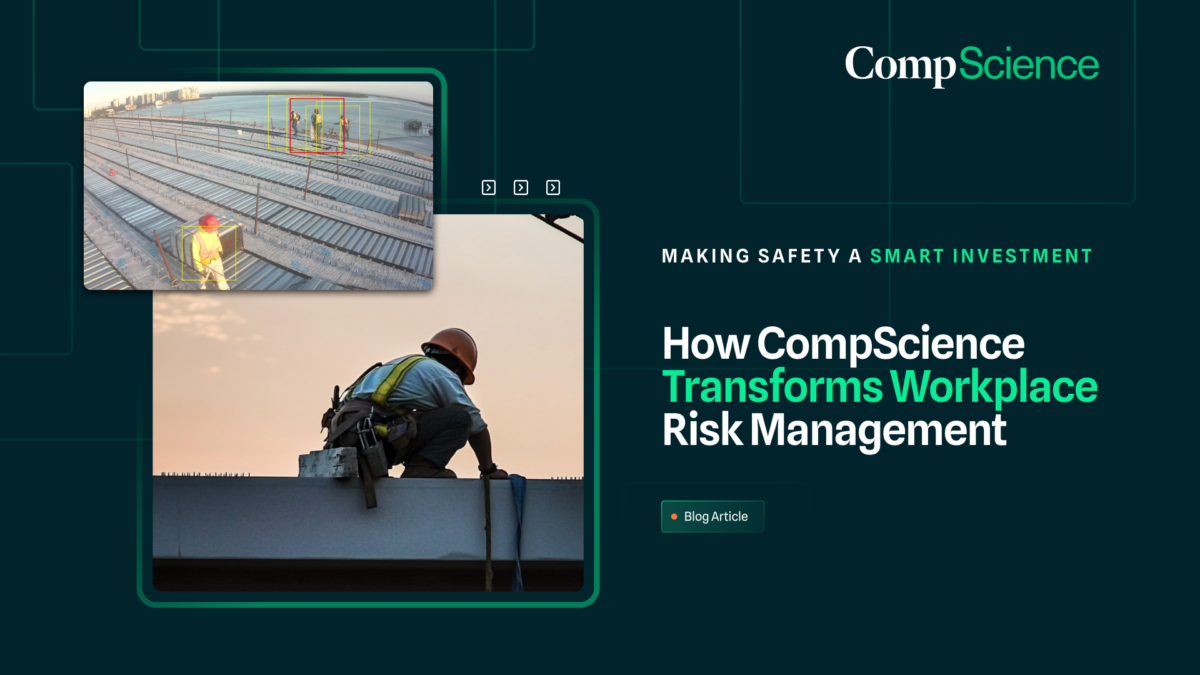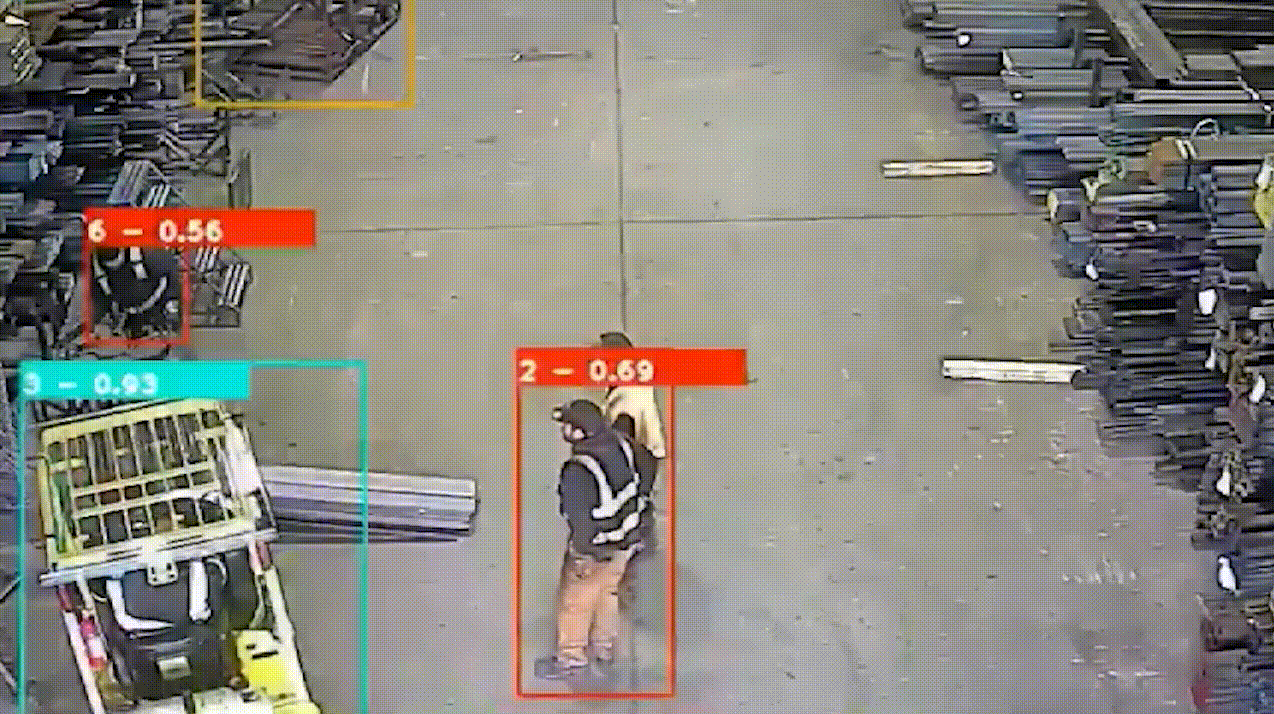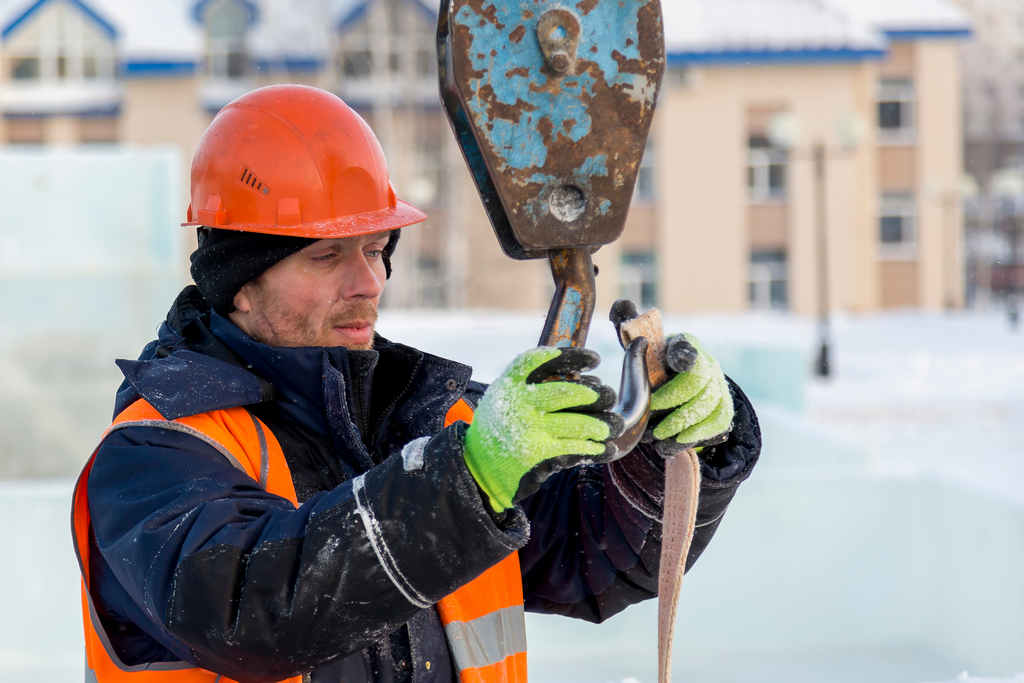How To Prevent Slip Trip Fall Injuries?
There are several measures that organizations can take to prevent slip, trip, and fall injuries in the workplace:
- Regular maintenance: Ensuring that the workplace is well-maintained and free of hazards such as wet floors or loose carpeting can help prevent slip, trip, and fall injuries.
- Proper signage: Using proper signage to warn employees of potential hazards can help prevent slip, trip, and fall injuries.
- Employee training: Providing employees with training on how to identify and prevent slip, trip, and fall hazards can help reduce the risk of these types of injuries.
- Protective equipment: Providing employees with protective equipment such as slip-resistant shoes can help prevent slip, trip, and fall injuries.
- Housekeeping: Maintaining a clean and orderly workplace can help prevent slip, trip, and fall injuries.
- Lighting: Ensuring that the workplace is well-lit can help prevent slip, trip, and fall injuries.
- Stairways and ladders: Ensuring that stairways and ladders are in good repair and that employees use them safely can help prevent slip, trip, and fall injuries.
Overall, by implementing preventive measures and providing employees with proper training and protective equipment, organizations can significantly reduce the risk of slip, trip, and fall injuries in the workplace.









